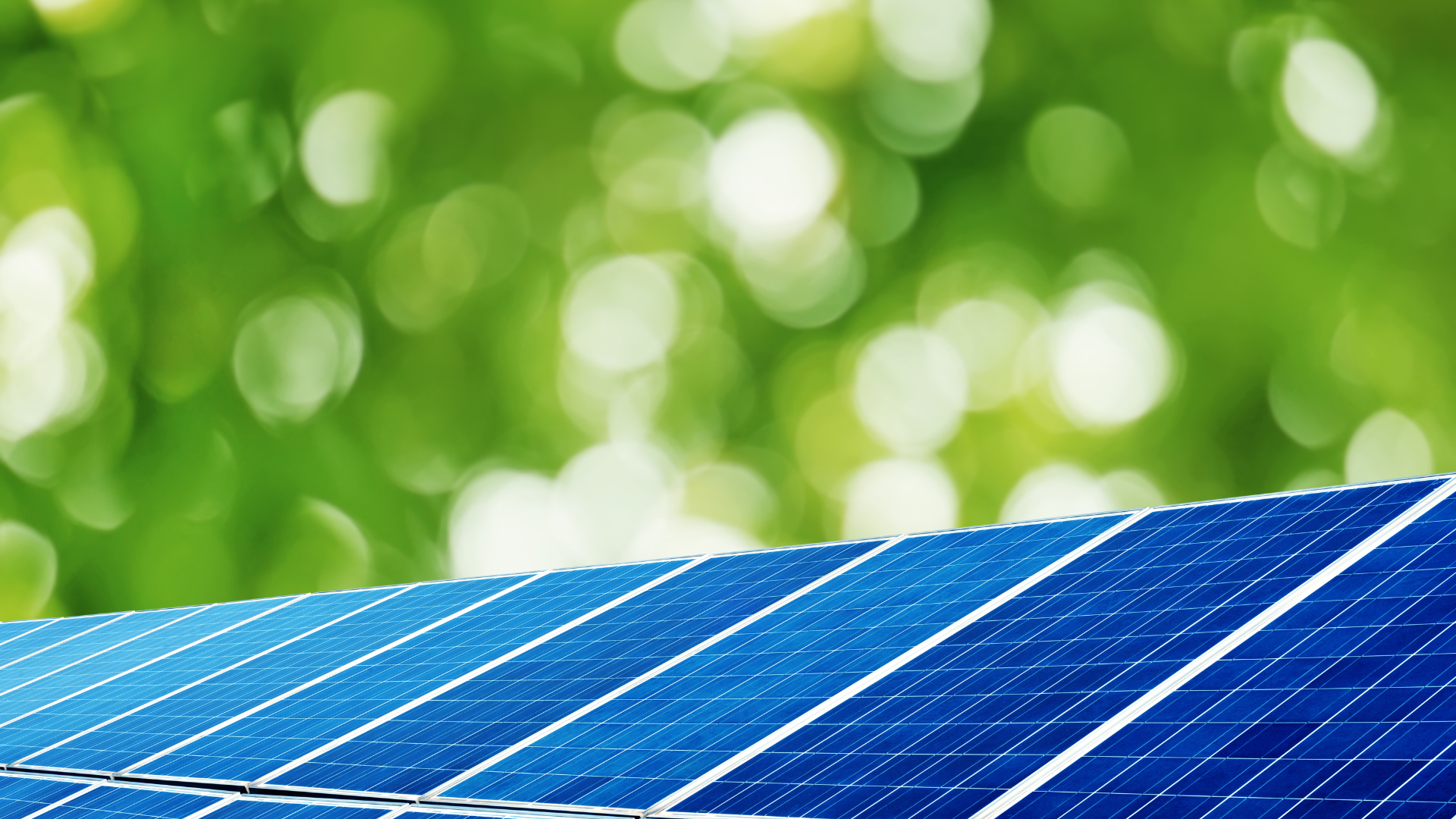The majority of solar installations in the US are primarily located in rural areas, with deserts accounting for 51%, farmland for 33%, and grasslands or forests for 10%, according to Nature. Only a mere 2.5% of solar installations are found in urban areas.
While constructing solar installations in rural regions may offer cost, speed, and management advantages, it is essential to recognize that land is a limited resource. Concerns about environmental damage, diminishing availability of rural land for other purposes, increased transmission costs, and energy losses during transmission have made rural solar farms less appealing to developers. Moreover, these projects face growing resistance from local communities. In 2022, over 75 rural solar projects were vetoed due to community opposition, compared to just 19 in 2021.
The vast expanse of unsightly parking lots that occupy over 50% of the nation's total pavement offers an untapped opportunity to reduce grid strain and deliver power exactly where it is needed through the installation of solar canopies with EV chargers.
Several organizations across the country are already capitalizing on solar canopies to generate power and profits. For instance, Rutgers University boasts the largest solar parking facility in the nation, a 32-acre parking facility with an 8 MW output that has been cash-positive from the outset. Additionally, the Evansville Regional Airport in Indiana earned $310,000 in profit during its first year of operation, with just two solar canopies covering 368 parking spaces.
Retailers, in particular, stand to benefit significantly from solar canopies, especially when they include EV chargers. According to a 2021 study by Joshua Pearce of the University of Ontario, installing solar panels over the parking lots of Walmart's 3,751 US supercenters could generate around 11 GW of electricity, equivalent to the output of approximately a dozen coal-fired power plants. Linking solar panels in parking lots to EV chargers is also likely to give customers a reason to stay in the store longer as they charge their vehicles, ultimately leading to increased revenue from more impulse buys. Moreover, these canopies provide added convenience by offering cover during severe weather conditions, enhancing the overall customer experience.
Integrating EV chargers with solar canopies offers more than just extended shopping durations. A study conducted by New Scientific revealed that a solar canopy equipped with 286 modules could generate 140 MWh of energy per year, specifically for EV charging. With each car parked for an hour, this amount of energy can power over 3,000 cars monthly.
As the number of electric vehicles on the road continues to rise, the grid is experiencing heightened energy demand, especially during nighttime when most vehicles are being charged. Unfortunately, power during these hours is predominantly derived from polluting fossil fuels rather than clean, renewable sources. Solar canopies with solar EV chargers enable daytime charging using solar power, thus reducing strain on the grid at night and accelerating their widespread adoption.
Unfortunately, the widespread adoption of solar canopies is currently hindered by several significant barriers, including long permitting processes, lack of local utility infrastructure to manage the increased property load, and sizeable upfront capital costs. According to Wood Mackenzie, the average cost of constructing 1 kW of solar panels in a parking lot amounts to $2,780, compared to $1,800 - $2,000 for rooftop solar, due to increased costs of engineering, labor, and materials. Consequently, it would take owners approximately 10-12 years to recoup their investment. Additionally, each EV charging station can cost at least an additional $2,500 per port.
Enteligent’s Hybrid DC Bi-Directional Fast EV Charger offers a solution that can simplify installation, minimize permitting delays and reduce costs. This DC-to-DC charger, the world’s first, bypasses the EV's internal conversion electronics, optimizing the utilization of each kilowatt of clean energy. By directly harnessing power from solar canopies, it avoids the cost and conversion inefficiencies of power inverters needed for traditional EV chargers. Enteligent's solar EV charger can deliver up to 25 kW of fast DC charging, three times faster than AC Level 2 EV chargers, while also supporting vehicle-to-home (V2H) and vehicle-to-grid (V2G) capabilities, enhancing home energy resilience and resulting in significant energy savings.
The adoption of EVs is rapidly increasing, and we must be ready to support the additional power demands with clean, affordable energy delivered directly to the end user instead of congesting the grid. Solar canopies with direct DC-to-DC charging make this possible.



